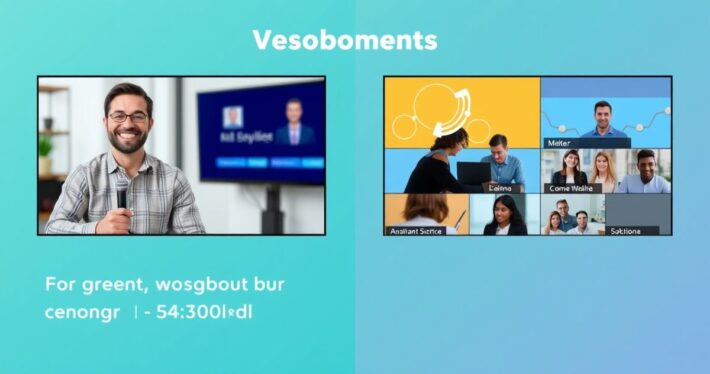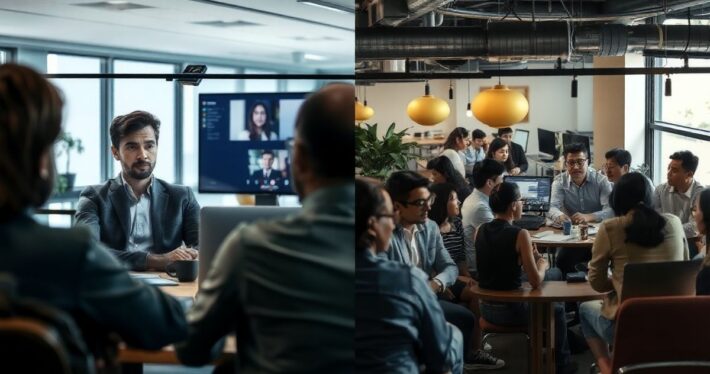What it takes to run globally successful webinar campaigns.

What It Takes to Run Globally Successful Webinar Campaigns
Running a successful webinar campaign isn’t just about hosting a presentation online—it’s about creating an experience that educates, engages, and converts your audience into loyal customers. Globally successful webinar campaigns require a mix of strategic planning, cultural awareness, and the right tools. Whether you’re targeting audiences in New York, New Delhi, or Nairobi, the principles remain the same, but the execution needs to be tailored. So, what does it take to run a webinar campaign that works across borders? Let’s dive in.
The Foundation: Understanding Global Webinar Success
First things first. A globally successful webinar campaign starts with clear objectives. Are you aiming to generate leads, build brand awareness, or drive sales? Once your goals are set, the next step is audience segmentation. You can’t just create one-size-fits-all content. A marketing manager in London has different needs and pain points than a startup founder in São Paulo. Understanding these nuances is critical.
But here’s the kicker: running a global webinar campaign isn’t just about language translation. It’s about cultural adaptation. For example, humor that works in the U.S. might fall flat in Japan. Similarly, a direct sales pitch might resonate in Australia but feel too aggressive in Sweden. The key is to balance global consistency with local relevance.
Step 1: Crafting a Webinar That Engages Globally
1. Compelling Content
Your webinar content needs to be both educational and engaging. Start with a clear outline that addresses your audience’s pain points and provides actionable solutions. Tools like a Slide Outline Creator can help structure your presentation while balancing education and entertainment.
2. Timing Matters
When you’re running a global campaign, time zones can be a nightmare. Ever tried hosting a webinar at midnight? Yeah, not ideal. Use tools like World Time Buddy to find a time slot that works for most of your audience. Bonus tip: offer multiple sessions in different time zones to maximize attendance.
3. Localized Examples
Include case studies or examples that resonate with specific regions. If you’re talking about e-commerce, mention Alibaba for Chinese audiences or Amazon for U.S. viewers. This shows that you understand their market.
Step 2: Leveraging Technology for Global Reach
1. AI-Powered Webinar Tools
You don’t need an expensive production team to create professional webinars. AI-powered tools like Webinar Offer Builders and High-Value Bonus Brainstormers can help structure your pricing, add value, and even generate bonuses that multiply conversion rates.
2. Multi-Language Support
If you’re targeting non-English-speaking audiences, consider offering subtitles or translating your content. Platforms like Zoom and Webex support multi-language options, making it easier to reach a global audience.
3. Interactive Features
Polls, Q&A sessions, and live chats can make your webinar more engaging. Just be mindful of cultural differences. For example, some cultures might be more reserved, so encourage participation without pressuring attendees.
Step 3: Promotion and Outreach
1. Targeted Advertising
Use geo-targeted ads to promote your webinar. Platforms like Facebook and LinkedIn allow you to create ads tailored to specific regions, ensuring your message reaches the right audience.
2. Email Marketing
Segment your email list by region and send personalized invites. Highlight the value your webinar will provide to their specific market.
3. Partnerships
Collaborate with local influencers or industry leaders to boost your credibility and reach. A local endorsement can go a long way in building trust.
Step 4: Post-Webinar Follow-Up
1. On-Demand Access
Not everyone can attend live. Offer a recorded version of your webinar with subtitles or translations for global audiences.
2. Personalized Follow-Ups
Send follow-up emails tailored to the region. For example, include case studies or testimonials from local businesses to reinforce your message.
3. Surveys and Feedback
Ask attendees for feedback to improve future webinars. Be specific—what did they like? What could be better?
Real-World Example: A Global Webinar Campaign Done Right
Let’s look at a case study. Company X, a SaaS provider, wanted to expand into Europe and Asia. They used an AI-powered Slide Outline Creator to develop a webinar series that addressed region-specific challenges. They hosted three live sessions at different times and offered subtitles in multiple languages.
The result? A 40% increase in attendance and a 25% boost in conversions. By leveraging localized examples and interactive features, they made their webinar feel personal, even to a global audience.
Now, here’s where it gets interesting: they didn’t stop at the webinar. They used a Risk-Reversal/Guarantee Generator to offer a 30-day money-back guarantee, making it easier for international customers to say “yes.” This simple yet powerful tactic increased their sales by 15%.
Common Challenges and How to Overcome Them
Challenge 1: Cultural Misunderstandings
Solution: Research local customs and preferences. When in doubt, consult with someone who knows the culture well.
Challenge 2: Technical Issues
Solution: Test your tech before the webinar. Use a reliable platform with global support.
Challenge 3: Low Attendance
Solution: Promote your webinar early and often. Use multiple channels to reach your audience.
The Bottom Line
Running a globally successful webinar campaign isn’t just about hosting an event—it’s about creating a seamless, engaging experience that resonates with your audience, no matter where they are. Leverage the right tools, adapt to cultural nuances, and follow up effectively. With the right strategy, you can turn your webinar into a global powerhouse.



